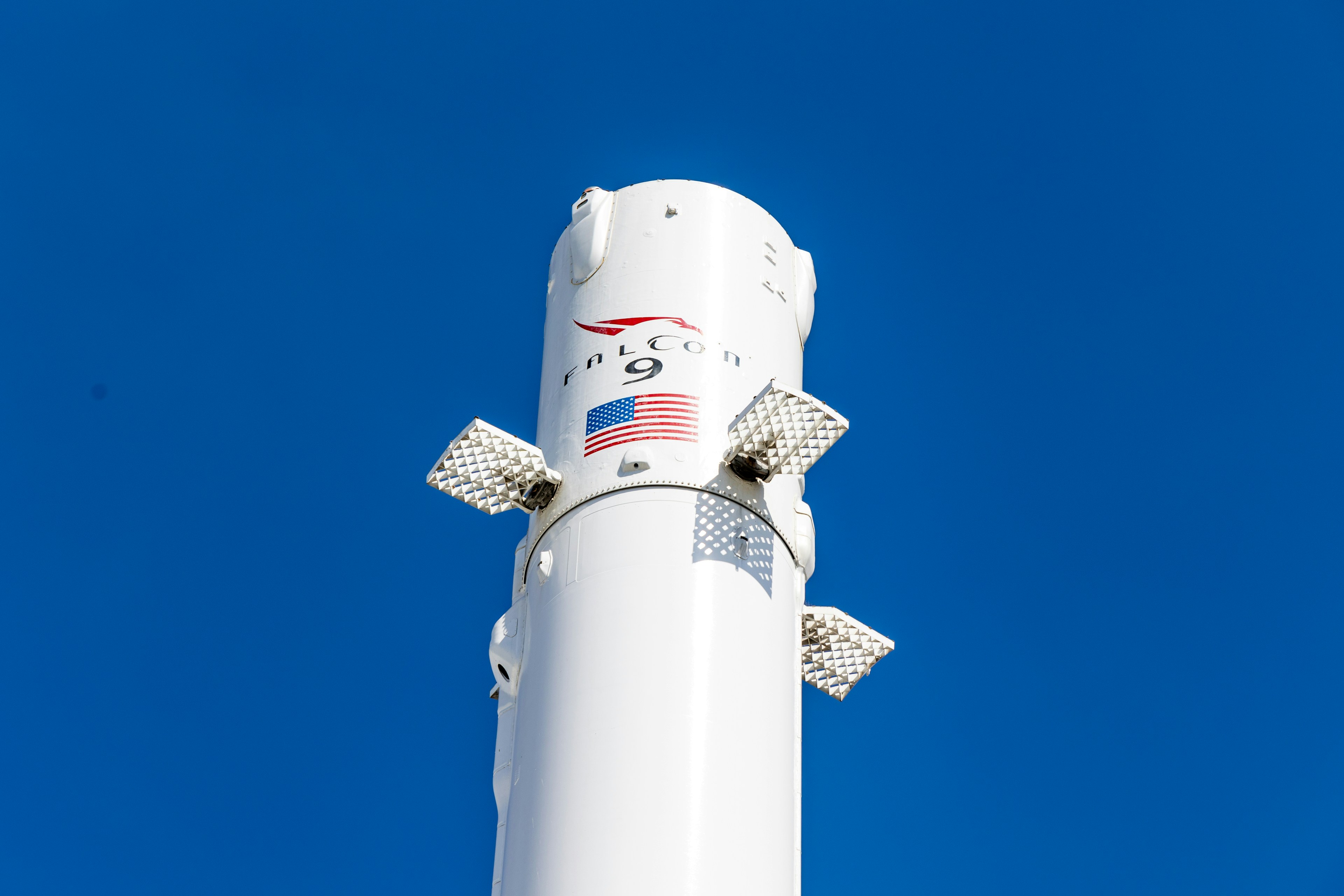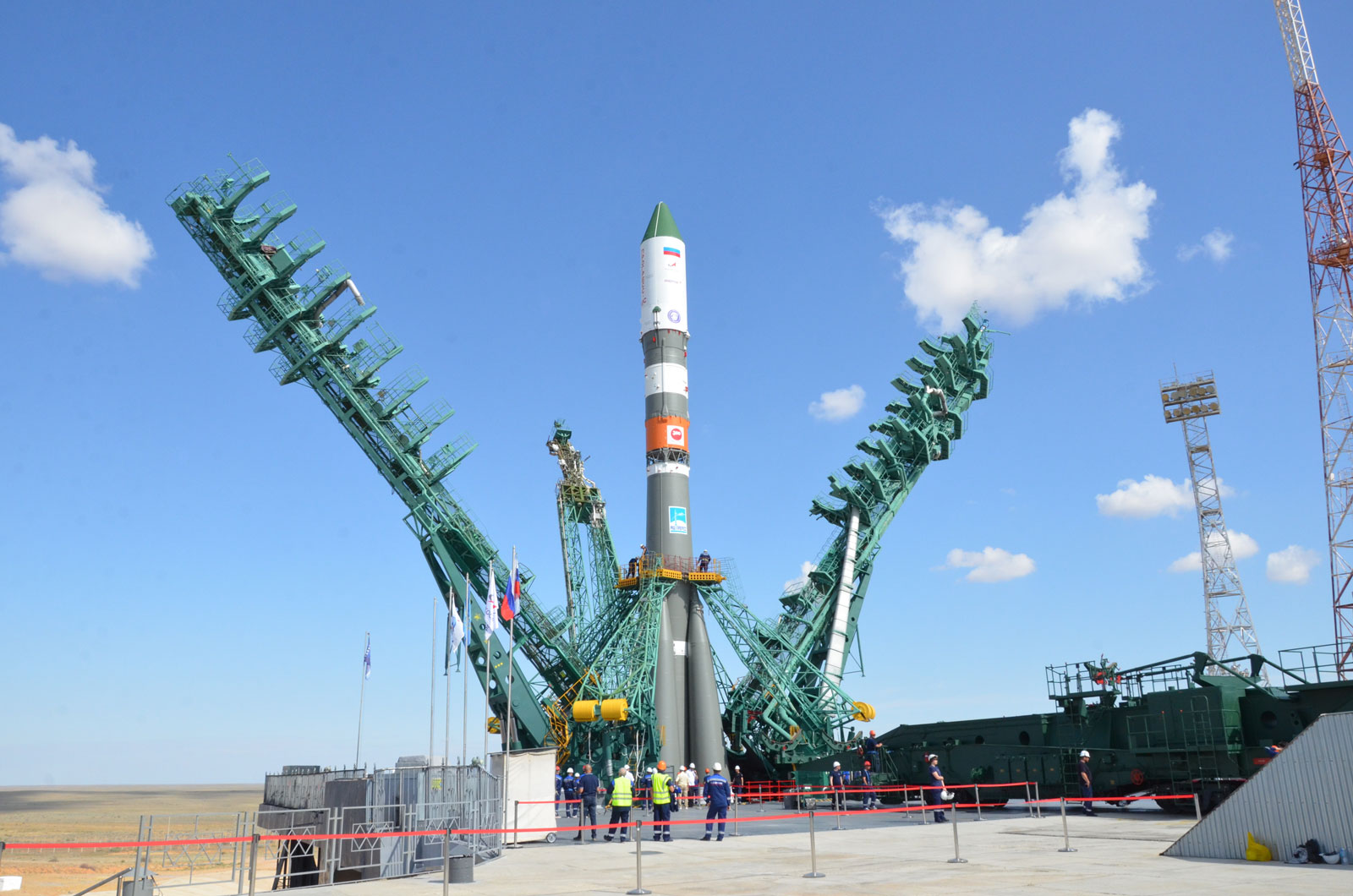· space brief · 4 min read
Space Brief 10 Feb 2025
Discover today's key space events: SpaceX's Starlink launch, rocket debris risks, and advancements in nuclear rocket technology.

📄Top Stories
Today’s space highlights include SpaceX’s successful launch of 21 Starlink satellites, increasing its constellation for global internet coverage. Studies reveal the annual risk of rocket debris entering busy airspace. Advancements in nuclear rocket technology by NASA and General Atomics promise significant innovations for moon and Mars missions.
📰Detailed Coverage
SpaceX Expands Starlink Constellation
SpaceX has successfully sent 21 additional Starlink satellites into low Earth orbit from Cape Canaveral. The launch on a Falcon 9 rocket was rescheduled from Friday to Saturday afternoon following a delay, with the first stage of the rocket safely landing on the droneship “A Shortfall of Gravitas” in the Atlantic Ocean.
This expansion contributes towards SpaceX’s goal of providing high-speed internet globally, reinforcing its role in satellite communications. For satellite tracking enthusiasts, the addition of these satellites presents a new challenge and opportunity to follow them in real-time.
Read the full story: SpaceDaily
Annual Risk of Rocket Debris in Busy Airspace
Research from the University of British Columbia highlights a 26% chance per year of space debris from rocket launches entering high-traffic airspace. While the likelihood of debris impacting aircraft is low, the findings emphasize the growing concern of space junk threatening aviation safety.
As the frequency of satellite launches increases, tracking debris and assessing its trajectory becomes crucial. This scenario underlines the importance of tools like our satellite tracking app to monitor potential threats.
Read the full story: SpaceDaily
NASA and General Atomics Test Nuclear Fuel
NASA and General Atomics have achieved promising results in testing a new type of nuclear fuel for space missions. This development marks a significant step towards utilizing nuclear-powered rockets for future explorations to the moon and Mars, as the tested fuel demonstrated the ability to withstand extreme conditions.
These advancements could lead to more efficient and powerful propulsion systems, potentially revolutionizing space travel and exploration. Such innovations also have implications on space mission planning and trajectory modeling, essential elements for satellite trackers.
Read the full story: Space.com
Static Fire Success for Starship Flight 8
SpaceX has conducted a successful static fire test of its Booster 15, which is destined for the upcoming Starship Flight 8. The booster was outfitted with 33 Raptor engines, a crucial step towards ensuring its readiness for future flights.
This milestone showcases SpaceX’s ongoing efforts in developing its Starship fleet, integral to deep space missions and potential interplanetary travel.
Read the full story: SpaceExplored
🛰️Satellite Spotlight
- Satellite Name: COSMOS 2437
- NORAD ID: 32954
- Launch Date: 2008-05-23
- Mission: Military Communication
- Orbit: Inclination 82.5029°, Period ~116 minutes, Eccentricity ~0.002
- Operator: KVR
- Fun Fact: COSMOS 2437, part of the Strela-3 series, plays a key role in maintaining secure military communications for Russia.
Current TLE Data:
1 32954U 08025B 25040.92409240 .00000008 00000+0 -15101-4 0 9999 2 32954 82.5029 303.4761 0020316 325.8588 125.4330 12.42746613758224
Track this satellite in real-time on our web app: Track COSMOS 2437
🚀Upcoming Space Launches
February 10
- SpaceX Falcon 9 Block 5:
- Starlink Group 11-10 from Vandenberg Space Force Base, California, USA (23:46 UTC) A batch of satellites for the Starlink mega-constellation - SpaceX’s project for space-based Internet communication system.
February 11
-
China Aerospace Science and Technology Corporation Long March 8A:
- Demo Flight from Wenchang Space Launch Site, People’s Republic of China (09:22 UTC) Demonstration flight of the Long March 8A rocket with upgraded first stage and boosters engines.
-
SpaceX Falcon 9 Block 5:
- Starlink Group 12-18 from Cape Canaveral Space Force Station, Florida, USA (17:00 UTC) A batch of satellites for the Starlink mega-constellation - SpaceX’s project for space-based Internet communication system.
February 14
- SpaceX Falcon 9 Block 5:
- Starlink Group 12-8 from Cape Canaveral Space Force Station, Florida, USA (17:26 UTC) A batch of satellites for the Starlink mega-constellation - SpaceX’s project for space-based Internet communication system.
February 17
- SpaceX Falcon 9 Block 5:
- Starlink Group 10-12 from Cape Canaveral Space Force Station, Florida, USA (23:00 UTC) A batch of 23 satellites for the Starlink mega-constellation - SpaceX’s project for space-based Internet communication system.
February 26
- Arianespace Ariane 62:
- CSO-3 from Guiana Space Centre, French Guiana (16:24 UTC) The CSO-3 is the third of three new-generation high-resolution optical imaging satellites for the French military.
February 27
-
SpaceX Falcon 9 Block 5:
- Nova-C IM-2 & Lunar Trailblazer from Kennedy Space Center, Florida, USA (00:17 UTC) This mission carries the Nova-C lunar lander with NASA’s PRIME-1 payload, aiming for the first demonstration of in-situ resource utilization on the Moon.
-
Russian Federal Space Agency (ROSCOSMOS) Soyuz 2.1a:
- Progress MS-30 (91P) from Baikonur Cosmodrome, Republic of Kazakhstan (21:24 UTC) Progress resupply mission to the International Space Station.
February 28
-
Rocket Lab Electron:
- BlackSky Gen-3 1 from Rocket Lab Launch Complex 1, Mahia Peninsula, New Zealand (00:00 UTC) BlackSky Gen-3 Earth-imaging satellites.
-
SpaceX Falcon 9 Block 5:
- SPHEREx & PUNCH from Vandenberg Space Force Base, California, USA (03:10 UTC) SPHEREx will survey the sky in the near-infrared light. PUNCH mission will focus on the Sun’s outer atmosphere and solar wind.
Note: Launch dates and times are subject to change due to technical or weather considerations.

Maurice Stellarski




